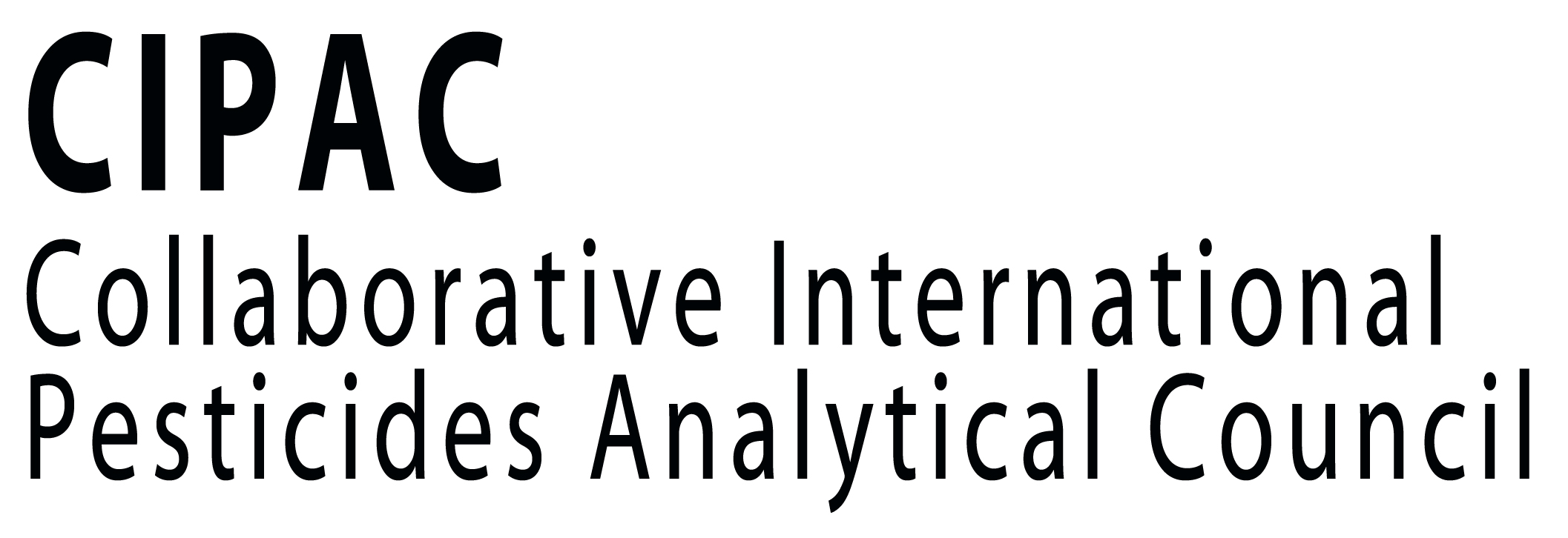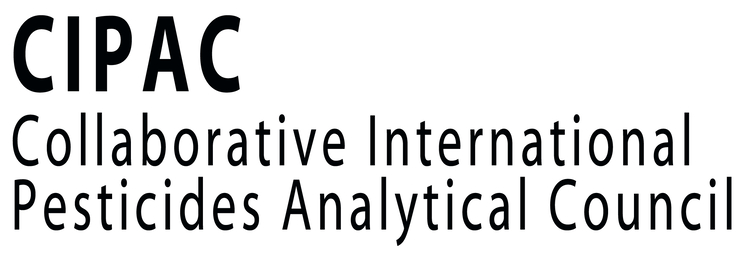MT 92 - Determination of lead
Content Handbook F
Outline of method
92.1 Dithizone general method
After destruction of organic matter and separation from interfering substances, lead is extracted with a solution of 1,5-diphenyl-3-hiocarbazone (dithizone) at pH 9.0 to 9.5, and determined absorptiometrically as the pink complex.
For the preliminary separation, two methods are given: in method MT 92.1.1, lead is extracted with dithizone from an alkaline citrate and hexametaphosphate solution, and is then transferred to nitric acid.
Method MT 92.1.2 requires additional manipulative work, and should be used only when the first method is unsuitable, i.e. for samples which have so high a content ofcalcium, magnesium or phosphate that sodium hexametaphosphate and triammonium citrate in the stated amounts will not prevent their precipitation, and interference with the quantitative extraction under the alkaline conditions of 1.1. A preliminary extraction of lead from acid solution with a solution of diethylammonium diethyldithiocarbamate is therefore substituted for the hexametaphosphate procedure.
Scope
92.1 Dithizone general method
Suitable for lead contents up to 5 ìg/g, but the range may be extended by using a suitable amount of sample. The method is widely applicable, although bismuth will interfere. An absorbance measurement at 490 nm as well as at 520 nm may be useful in deciding whether interference from bismuth is considerable. It has been found that, with a solution of pure lead dithizone complex, the absorbance at 490 nm is approximately 0.84 times that at 520 nm; with a solution of the pure bismuth complex, the absorbance at 490 nm is approximately 1.20 times that at 520 nm. When considerable interference from bismuth is indicated, the modified procedure
1.3 is used.



